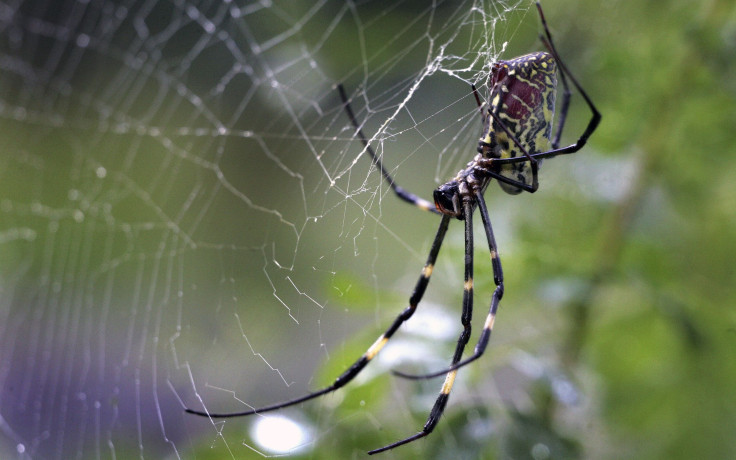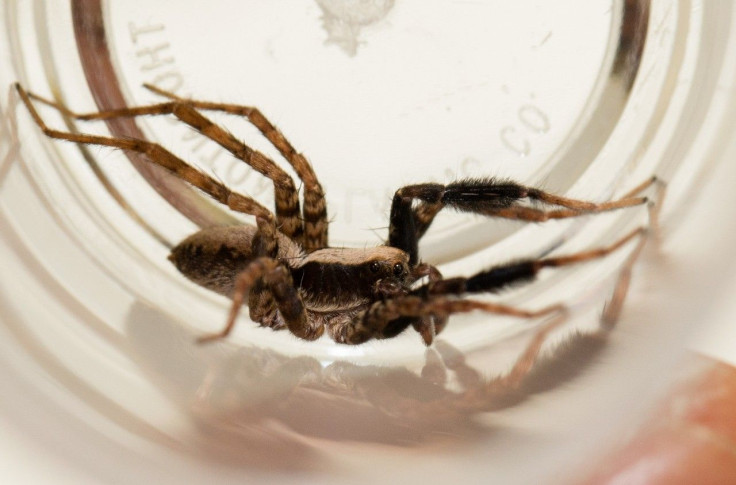Watch Video: Huge Spider And Giant Wasp Battle To The Death In Viral Clip

In an amature video taken in Sydney, Austrailia a large Huntsman spider got dragged to its death by a spider wasp after paralyzing the spider and making its way to its nest.
Wasps often make spiders their prey in the Australian, and after they drag the spider back to their mud nests, a single egg is laid inside the spider's abdomen.
The next part of this fascinating cycle of life, the egg’s larva consumes the spider while it’s still alive, eating parts of the paralyzed creature one by one, and using the spider’s still warm and breathing body as a baby incubator.
READ: Spider Food: They Kill 400-800 Million Tons Of Insects Every Year
"Once the egg hatches, larva eat the living spider from the inside out, leaving the vital organs to be consumed last so that the spider stays alive—and fresh—as long as possible," wrote Sarah Gibbens of National Geographic for an article published Tuesday.
Spider wasps are a common name given to any wasp in the family Pompilidae. Under this category there are roughly 5,000 different species, most of which capture prey by paralyzing them.
According to Encyclopedia Britannica, the Pomilidae have many different ways of paralyzing their prey.
"The method of Cryptocheilus is a refined process during which the wasp first stings the spider between its poison fangs and then stings it again near the junction of the cephalothorax and abdomen. This produces complete immobility. Pompilus, on the other hand, has a less refined sting. It sometimes kills the spider; in other cases, the spider may survive for a few weeks.
"Methods of carrying the paralyzed spider to the nest vary. Pompilus plumbeus, found in North America and Europe, carries its prey before it. Others carry the prey sideways or drag it behind. Anoplius depressipes, which captures swamp spiders (Dolomedes), drags its prey across the water. Some spider wasps fly with their prey."
Both the Huntsman Spider and Spider Wasp are indigenous to Australia, and when they battle one another, it’s usually the wasp that comes out victorious.
READ: Do Spiders Have A Personality? Scientists Study Romantic Arachnids With 'Charisma'
However, the wasp never got to enjoy the fruits of its labor — it struggled over thick blades of grass with its prey, a large white ibis swooped down and grabbed both the spider and the spider wasp in its beak, and swallowed them in one gulp.
Australian white ibises are commonly found around the country's wetlands, but more recently, they have seen growth in their populations in urban areas like Sydney, where they can be seen scavenging for food.
"They've become so abundant in cities, where their pungent smell and noisy squawks draw ire, that some refer to them as Australia's worst bird, and bin chickens," writes Gibbens.
While they may be reviled as "bin chickens" by humans, in this battle of natural enemies, the bin chicken got the last laugh.

© Copyright IBTimes 2024. All rights reserved.











